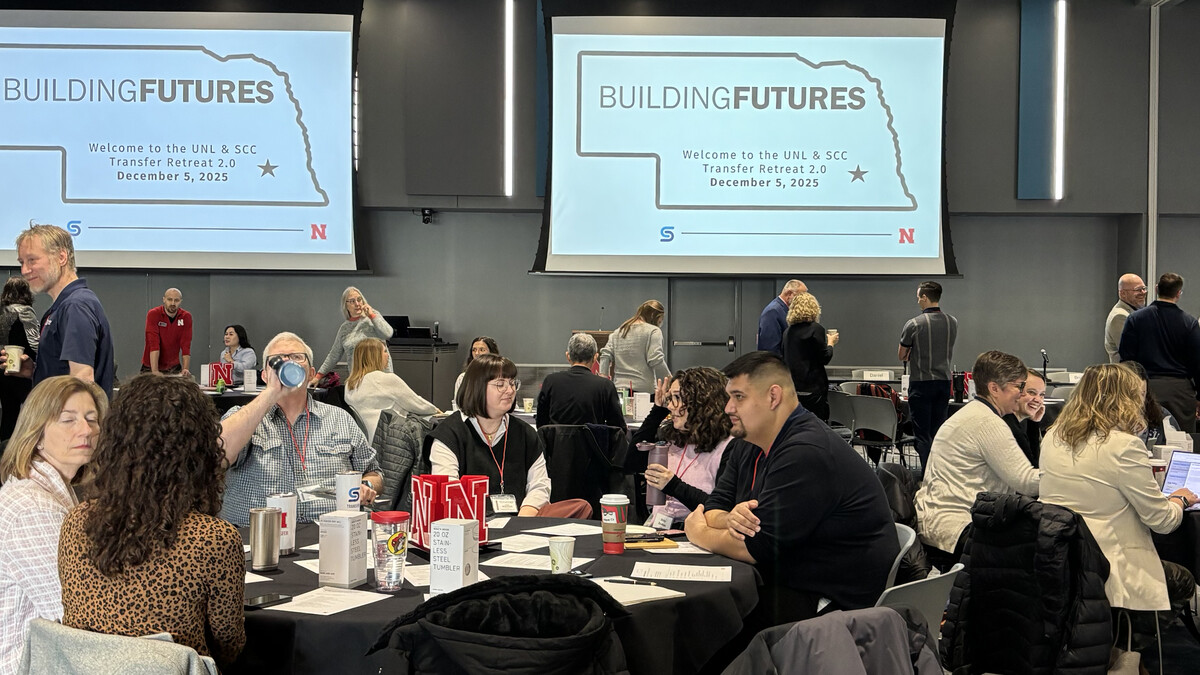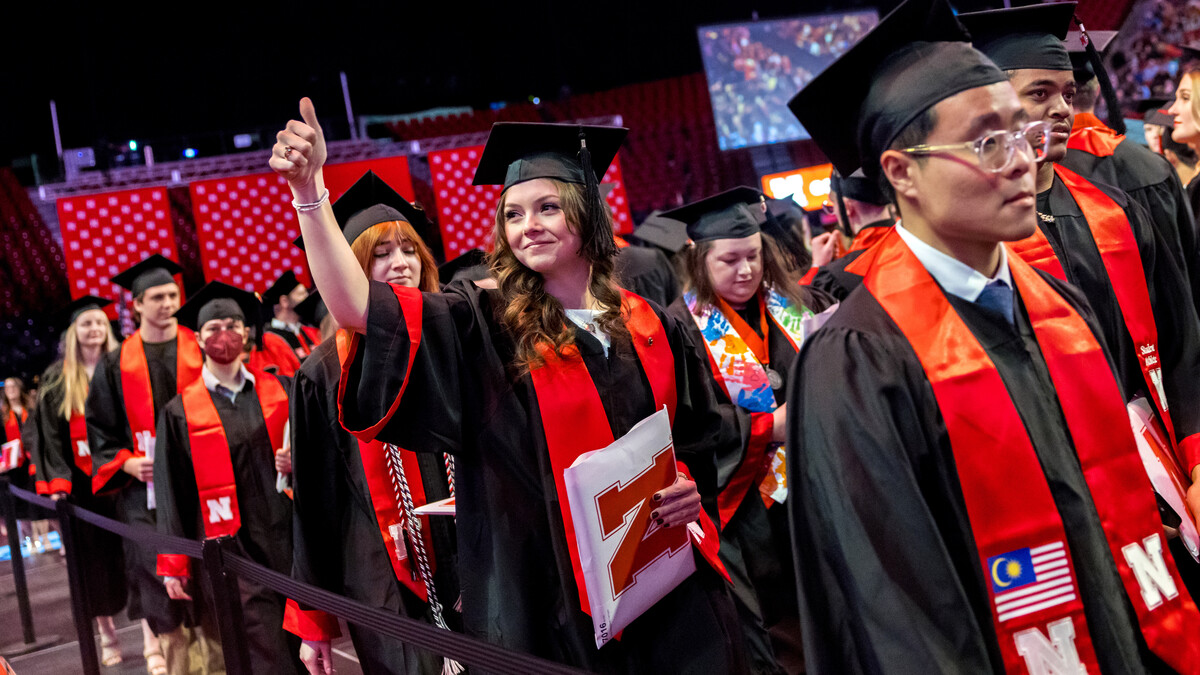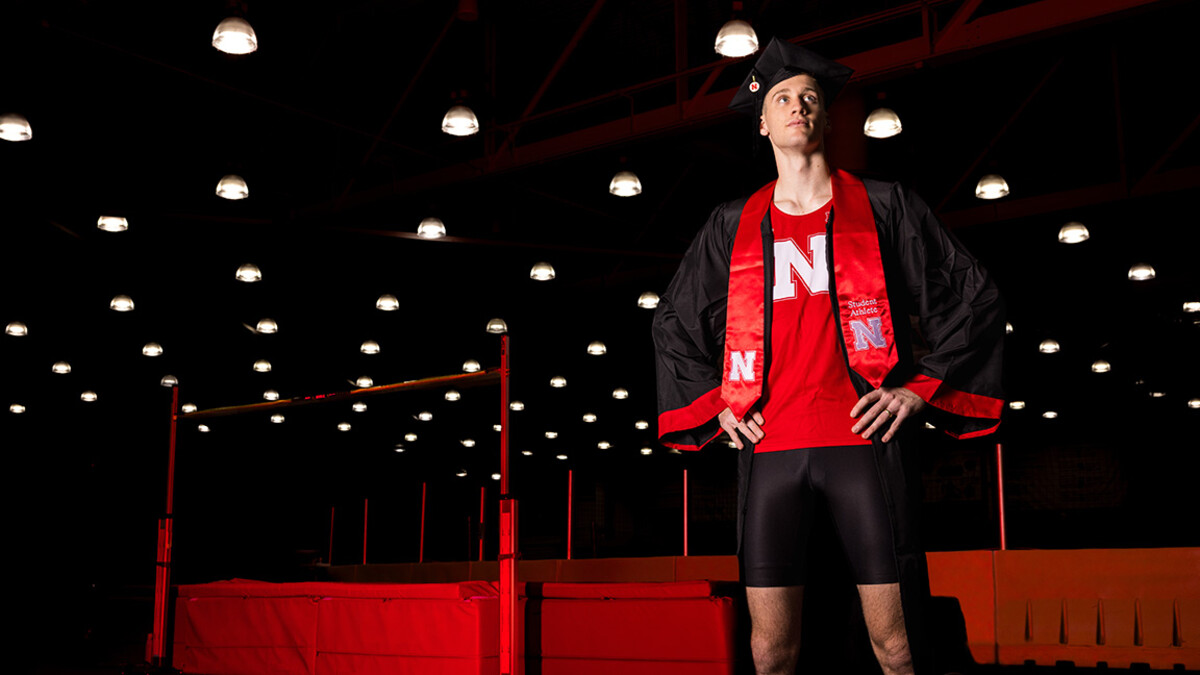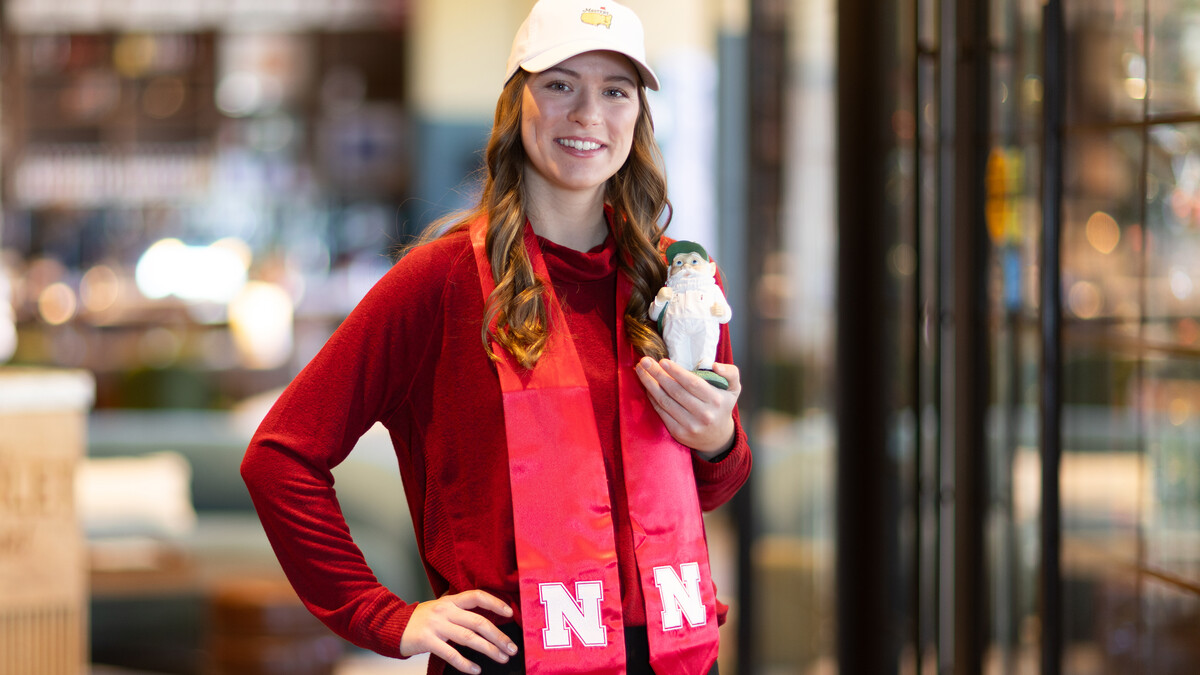
Adam Houston, professor of Earth and atmospheric sciences at Nebraska, was interviewed for a July 21 Daily Mail article, inspired by the new movie “Twisters,” on what it’s like to be a storm chaser. The article was among 35-plus national news stories featuring Husker faculty, staff, students, centers and programs in July.
Houston, a principal investigator with the Targeted Observation by Radars and UAS of Supercells (TORUS) project, said one of the biggest misconceptions is that researchers are trying to collect data inside a tornado.
“Scientifically speaking, our objectives are really focused on the process around the tornado and prior to tornado formation,” he said.
Houston said there are more storm chasers than there used to be, which can increase risks.
“The bad thing is that it tends to be congested out there in the middle of nowhere, so you’re on these small country roads and you can have literally hundreds of people out in these storms,” he said. “Just like any congested areas, there are hazards; now add into that a supercell thunderstorm, and it becomes even more dangerous.”
Houston said the biggest danger of storm chasing is hail, which can smash vehicle windows and build up on roads, making it difficult to drive.
“It’s easy to get into a bad situation even though you have all the information,” he said.
Houston was also featured in a pair of Houston Chronicle articles (1, 2), as well as several local news stories.
Additional national news coverage in July included:
- For the fifth consecutive year, the average all-land value of agricultural land in Nebraska increased, reaching $4,015 per acre in the 12-month period ending Feb. 1, according to the final report from the university’s 2023-24 Farm Real Estate Market Survey. This marks a 5% increase over the prior year and is the highest non-inflation-adjusted statewide land value in the history of the survey. Stories on the survey results appeared in at least 10 Nebraska media outlets, as well as Brownfield Ag News, Farms.com and The Fence Post.
- Matt Spangler, animal science, was interviewed for a July 2 segment on RFD-TV. He discussed the university’s beef genetics research — specifically how an animal’s genetics might influence the composition of its microbiome.
- The University of Nebraska–Lincoln is now home to a neutron monitor, a sophisticated device that provides a crucial service by enabling correct real-time soil moisture and hydrology readings in Nebraska and nationwide. The monitor is only the third such device in the United States and the only one located outside the East Coast. Articles on the device appeared in KHGI, the York News-Times and Tri-State Livestock News.
- The university held a ribbon-cutting ceremony June 27 for the Klosterman Feedlot Innovation Center at the Eastern Nebraska Research, Extension and Education Center near Mead. Stories on the ribbon cutting appeared in at least four Nebraska media outlets, as well as Beef magazine, Feed and Grain, The Fence Post and RFD-TV.
- John Hibbing, professor emeritus of political science, was interviewed for a July 7 Guardian article on Nebraska’s 2nd Congressional District possibly playing a pivotal role in the 2024 presidential election. He said it’s unlikely the election would come down to the district, but it could be disastrous if it did. “If (former President Donald Trump and his supporters) made a big to-do out of things when it wasn’t close, what [is it] going to look like if it really should come down to just one district?” he said. “I think it would be bad.”
- Ars Technica published a July 7 article on the Ashfall Fossil Beds State Historical Park. Michael Voorhies, professor emeritus of Earth and atmospheric sciences, who discovered the fossil site; Rick Otto, Ashfall’s superintendent from 1991 to 2023; and Sandy Mosel, an associate with the University of Nebraska State Museum, were interviewed for the story.
- Sen. Deb Fischer has landed an additional $16 million in funding for the U.S. Department of Agriculture’s National Center for Resilient and Regenerative Agriculture, to be built on Nebraska Innovation Campus. Stories on the funding appeared in KOLN/KGIN, the Lincoln Journal Star, Nebraska Ag News, Nebraska Examiner and Brownfield Ag News.
- Drew Lakamp, a graduate student in animal science at Nebraska, took first place in the Beef Improvement Federation’s Shark Tank competition June 11 during the organization’s 56th Annual Symposium and Convention in Knoxville, Tennessee. He discussed metagenomics and why it should be routinely used by cattle producers. Tri-State Livestock News published a July 11 article on Lakamp’s presentation.
- John Porter, Nebraska Extension educator, was consulted for a July 12 MarthaStewart.com article on how to save seeds. Seed saving is regaining popularity as gardeners seek to preserve culturally important foods, gain self-sufficiency and support diversity in the food system, he said.
- A novel study from the Center for Brain, Biology and Behavior at Nebraska and the University of Illinois at Urbana-Champaign has identified a specific nutrient profile in study participants who performed better cognitively. The profile is correlated with nutrients found in the Mediterranean diet, which research has previously associated with healthy brain aging. The research team was led by Aron Barbey, CB3 director, with Jisheng Wu, a doctoral student at Nebraska, and Christopher Zwilling, research scientist at UIUC. Stories on the study appeared in the Omaha World-Herald, BBC Science Focus, the Independent, Inverse, New Atlas, NBC’s “Today” and 150-plus other media outlets.
- The National Strategic Research Institute has received a $24.5 million award from the Defense Health Agency to advance development of an acute radiation syndrome prophylactic. David Berkowitz, chemistry, offered an update on the project on the July 16 episode of Straight Arrow News’ “Weapons and Warfare” program.
- New research from the University of Nebraska–Lincoln examined the fossil record going back 66 million years and tracked changes to mammalian ecosystems and species diversity on the North American continent. The study was led by Alex Shupinski, a recent doctoral graduate from Nebraska, and co-authored by Kate Lyons, biological sciences. Phys.org ran a July 17 article on the research. MSN picked up the article.
- The Gudmundsen Sandhills Laboratory will celebrate its 25th anniversary with an open house on Aug. 21. The laboratory, run by the University of Nebraska–Lincoln, plays a key role in developing plant and animal production systems for the Sandhills that are environmentally and economically sustainable. Articles on the open house appeared in Midwest Messenger, Rural Radio Network and Tri-State Livestock News
- Kelsy Burke, sociology, was interviewed for a July 24 BBC article titled “How the American war on porn could change the way you use the internet.” She said she believes age verification laws are part of a wider moral battle taking place all over the world. “Protecting children seems like something we can all agree upon,” she said. “But this may not really be about children or even pornography at all. Rather, it’s a way to codify specific moral beliefs about sexuality and gender that may not align with the majority of Americans.”
- Daniel Snow, director of the Water Sciences Laboratory at Nebraska, was interviewed for a July 24 New York Times article on a new study showing that sharks off the coast of Brazil have cocaine in their system. More than a decade ago, he was among the first researchers to measure an illicit drug, methamphetamine, in wastewater in Nebraska. “It not too big of a stretch to imagine that these chemicals that wind up in the water can affect aquatic organisms that live in that same water,” he said.
- Brian Fuchs, a climatologist with the National Drought Mitigation Center, was interviewed for a July 24 San Francisco Chronicle article on drought conditions in California. He said it could be argued that flash drought is developing in the northern part of the state. Rapidly changing conditions could ramp up the region’s susceptibility to wildfires, he said, and there could also be impacts to natural ecosystems.
- Shaonpius Mondal, entomology, and his team are pursuing multiple advanced research projects studying cereal viruses transmitted by wheat curl mites and aphids. Farms.com ran a July 24 article on the research.
- Jessica A. Shoemaker, law, was the featured guest on the July 25 episode of Ambrook Research’s “The Only Things That Last” podcast. She discussed how a system of allotment attempted to erase communal resources and assimilate Indigenous communities in the 1880s.
- Husker researchers led by David Steffen, School of Veterinary Medicine and Biomedical Sciences, and Jessica L. Petersen, animal science, recently deciphered the cause of delayed blindness in a certain line of cattle. Midwest Messenger published a July 26 article on the research. Steffen was interviewed for the article.
- Halle Ramsey, a graduate student and lecturer in the College of Agricultural Sciences and Natural Resources, was interviewed for a July 30 segment on RFD-TV. She discussed the university’s Engler Agribusiness Entrepreneurship Program.
- Scott Gardner, biological sciences, curator of the Manter Laboratory of Parasitology, and Gábor Racz, the lab’s collections manager, were featured in a July 31 Smithsonian Magazine article on efforts by parasitologists to inspire students to enter the field. According to the article, Gardner, Racz and colleagues are sneaking parasites into their college biology curriculums, handing out parasite stuffed animals at museum events and running the world’s first-ever parasite conservation program for a tiny tick.
- Jack Beard, law, director of the Space, Cyber and National Security Law program, was interviewed for a July 31 Forbes article on Russia taking out an ex-Soviet satellite by missile in 2021, causing a maelstrom of shrapnel that threatened the International Space Station. The incident changed the course of Vice President Kamala Harris’ command of the U.S. National Space Council. Beard said the U.S. might opt to shoot down a recently launched Russian nuclear-tipped satellite as “an act of anticipatory self-defense,” arguably permitted under the U.N. Charter.
- Beard was also interviewed for a July 31 Forbes article on former astronaut Sen. Mark Kelly possibly becoming vice president and head of the National Space Council. Kelly’s experience as a co-builder of the International Space Station and leader on the Senate’s Armed Services Committee provide an excellent foundation for him to head the council and direct its space defense operations, Beard said.
Faculty, administration, student and staff appearances in the national media are logged at http://newsroom.unl.edu/inthenews. If you have additions to the list, contact Sean Hagewood at shagewood2@unl.edu or 402-472-8514. If you have suggestions for national news stories, contact Leslie Reed at lreed5@unl.edu or 402-472-2059.







